“The better the proportions, the less styling you need” – Gary Telaak, Audi
Audi senior designer Gary Telaak has been with the storied brand for 28 years. Here he looks back at the launch of Audi TT, shares his thoughts on what made that car so special and talks about the challenges designers face in working with and integrating new technology
Related video
-
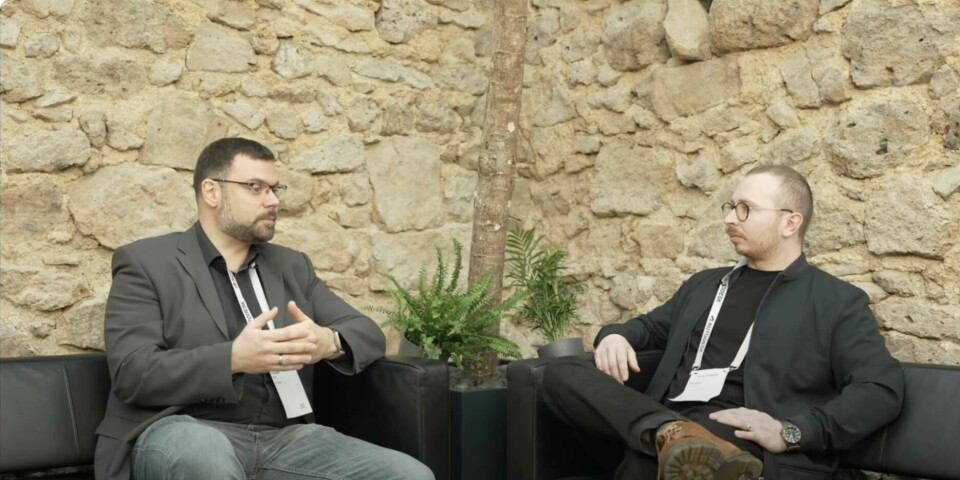
Watch: Autodesk on solving pain points in design
-
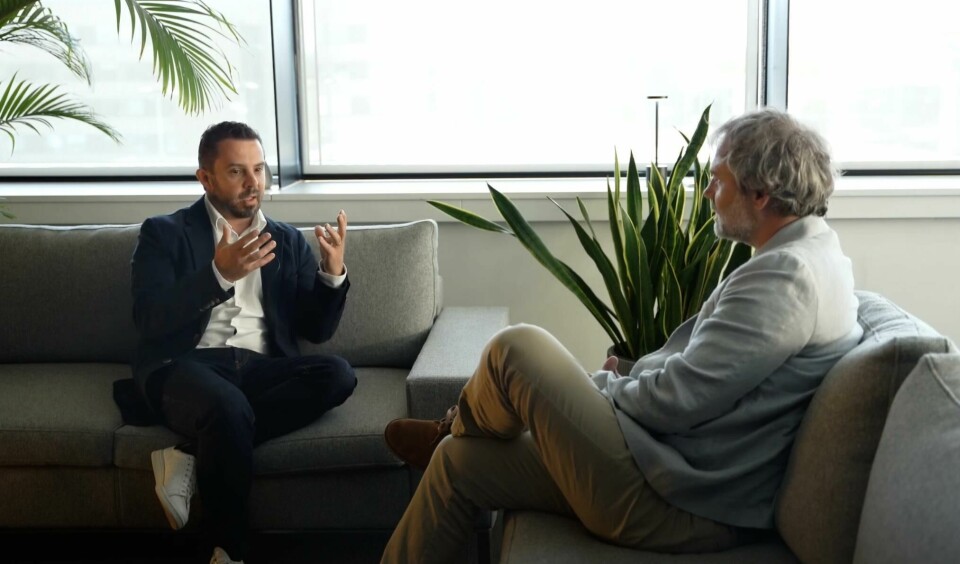
Watch: Aurelien Doisy speaks to Car Design News
-
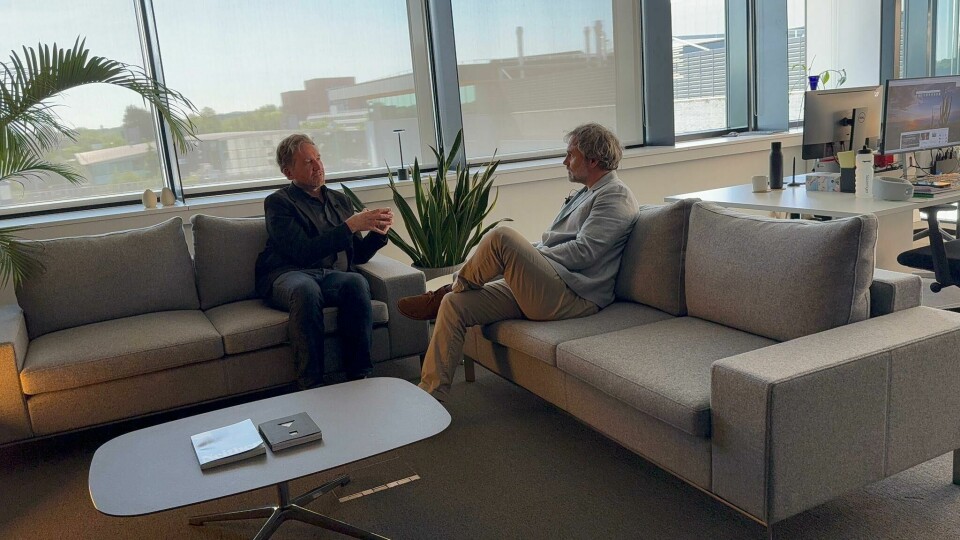
Martin Uhlarik: “We have nine full programs live in the UK at the moment, 13 globally”
-
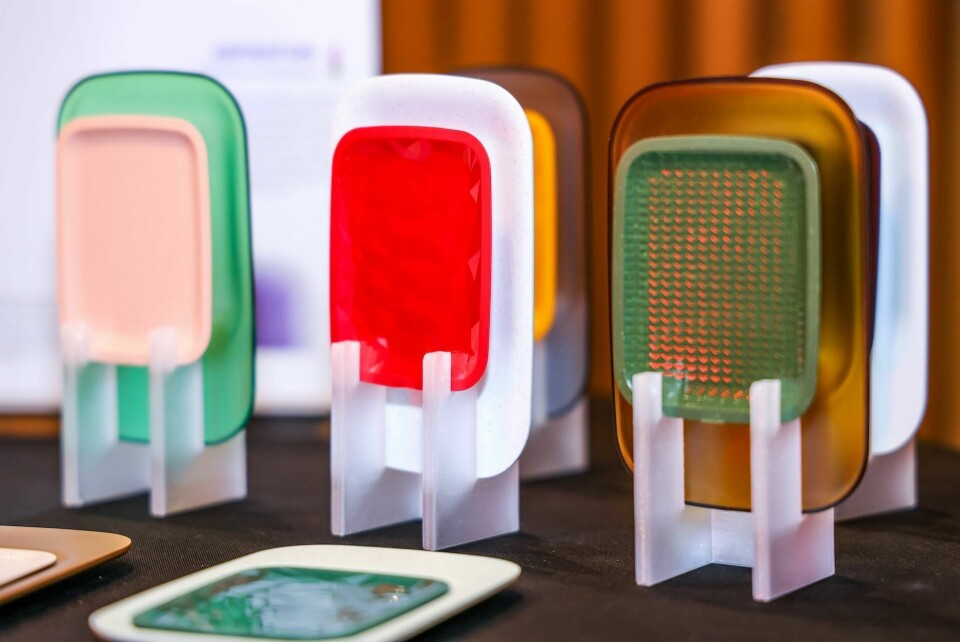
“Material should be functional but also bring sentimental value”
-
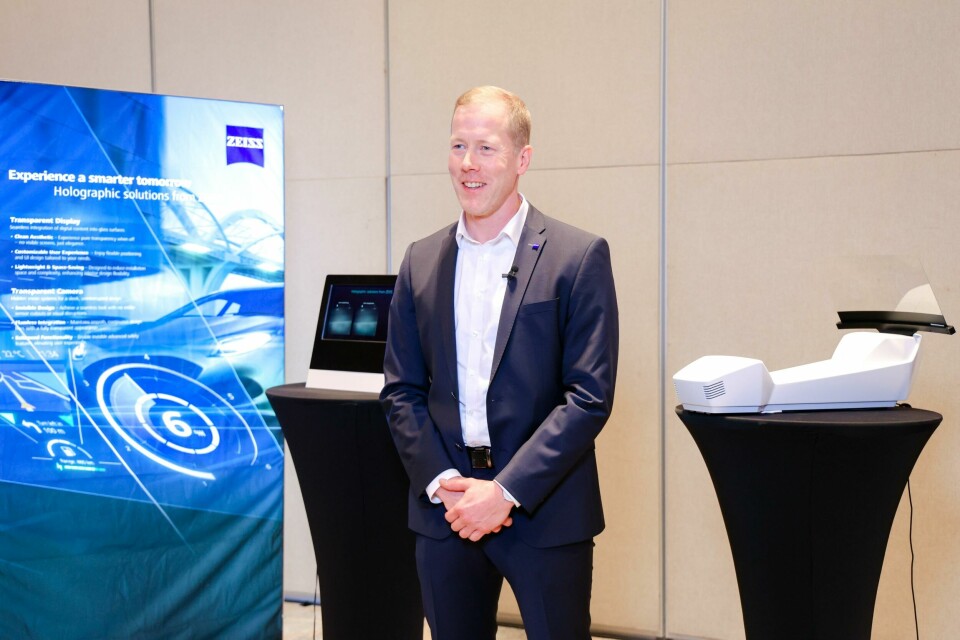
“Haptics, sound and light will be crucial for interiors”
Gary Telaak has been part of the Audi Design team since the summer of 1997, marking nearly three decades with the brand. When he arrived, one of Audi’s most iconic vehicles — the Audi TT — was nearing completion. Although not directly involved in its creation, Telaak vividly remembers the impact the car had on him as a young designer.
“I remember very well,” he says. “In 1995, I was still studying car design. The TT show cars — the coupe and then the roadster — were just presented, and they were like cars from another planet. Very strict in geometry, those circular elements… it was fascinating how little geometric substance you needed to create such a masterpiece.”
The TT’s design struck a delicate balance — futuristic and minimalist, yet somehow familiar. It embodied Bauhaus principles of reduction and simplicity while drawing inspiration from Audi’s racing heritage. “It contained so much of the history,” Telaak says. “It defined a lot of the Audi DNA. Even if you compare it to something like the Audi A6 C5 from the same time, they share this strict, almost dogmatic linework.”
What impressed Telaak most was how closely the final production version matched the original concept — a rarity in the industry. “This car is so close to the show car,” he says, “a production car that is so close to the show car — that’s an amazing job that was done at that time.”
Though his day-to-day role has changed over the years, the sketchpad remains a symbol of his early passion. He admits he doesn’t sketch much anymore — “There’s a team, the young designers — they’re the creative ones now” — but it’s something he returns to occasionally, often with the TT still at the front of his mind. “This rear three-quarter perspective seems to have burned into my brain,” he says. “Once in a while, it’s good to do it again.”
Encouragingly, Telaak sees younger designers embracing that same hands-on approach. “People we’ve hired lately actually go back to paper and pencil,” he notes. “They do doodles. And there’s a lot buried in this idea of the quick sketch.”
Looking ahead, Telaak believes Audi’s design evolution will continue to respect its heritage while navigating the demands of new technologies. “Once in a while, you have to be conscious of what the DNA of this brand is. That’s what creates a brand,” he explains. “And at the end of the day, it’s all about proportion. The better the proportion, the less styling you need.”
He’s quick to point out that designing in the age of electric vehicles and advanced sensors isn’t without its complications. “Technology nowadays is different. Radar systems, lidars, cameras, pedestrian protection — they make sense, of course — but they’re not as easy to handle as it was 20 or 30 years ago. There’s more conflict with technology than there was in the past. But that’s what makes the job so challenging.”
As Audi enters a new chapter under recently appointed design director Massimo Frascella who recently spoke about the future of German design to CDN, Telaak is optimistic. “I’m having a very good time at the moment,” he says. “It’s always good to bring fresh air into the team.” He describes Audi Design as a deeply international environment — his own studio comprises fifteen designers from ten nationalities — but united by a shared passion. “No matter where the people come from, it does not matter. They come here for Audi.”
When asked whether he sees himself staying much longer, Telaak smiles. “When you turn your job into a hobby, like basically all car designers do, it’s hard to even think about not doing this job every day.”



